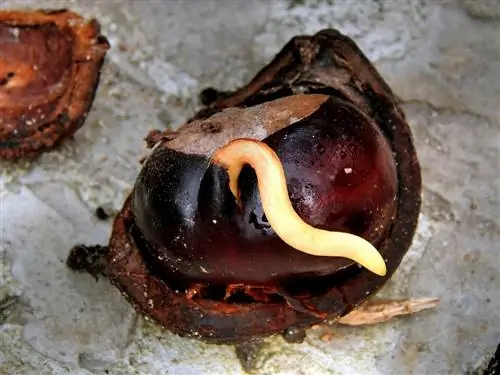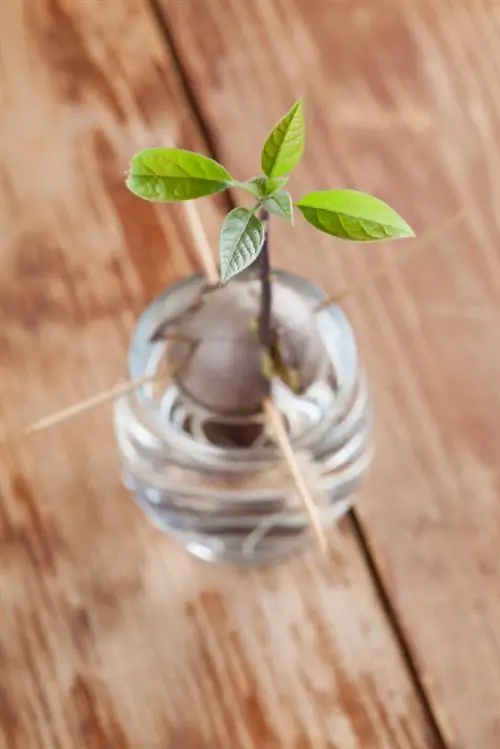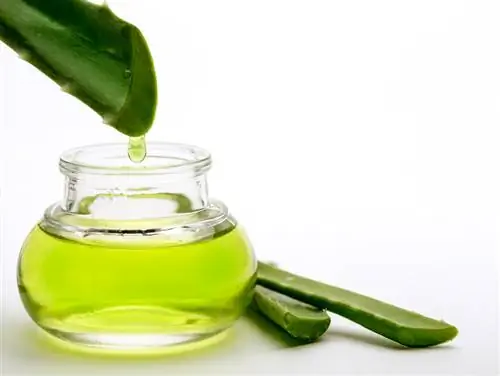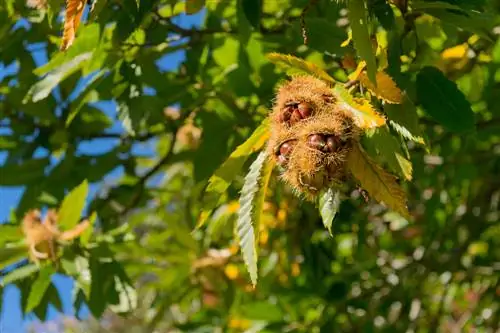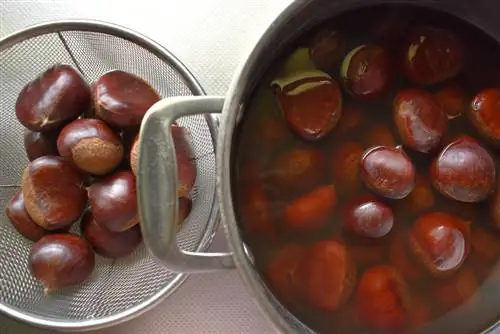- Author admin [email protected].
- Public 2023-12-16 16:46.
- Last modified 2025-01-23 11:21.
Chestnuts are quite easy to propagate because they germinate reliably. However, the seeds are not pure because the genetic material of the parent plants mixes during fertilization. You should especially think about this if you want to propagate chestnuts.
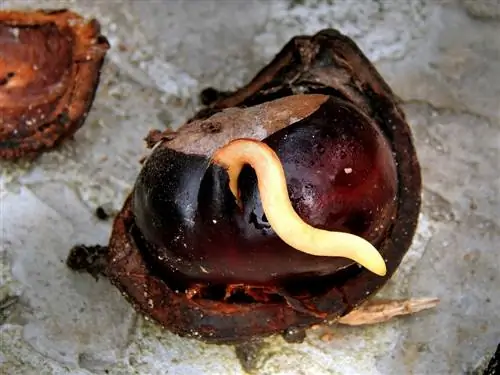
How to propagate a chestnut?
Chestnuts can be propagated by seeds or cuttings. A cool phase with temperatures around freezing point is required for sowing. Cuttings should be cut from he althy shoots in spring and placed in moist growing substrate.
Is propagation the same for all chestnut species?
In principle, you can propagate all types of chestnut in the same way, namely by sowing or using cuttings. However, this is not always so easy with sweet chestnuts. In nurseries and tree nurseries, these chestnuts are often grafted to obtain strong and robust trees.
Propagation by sowing
As cold germinators, chestnut seeds need a cool phase with temperatures around freezing point. It doesn't matter whether this takes place outside or in the refrigerator. In addition, the seeds should not be dry when sowing but rather moist or fresh.
How do I care for the seedling?
Even after the chestnut has germinated, continue to keep the young plant evenly moist. Waterlogging must be avoided at all costs, as it can lead to root rot and promotes certain fungal infections. Depending on the variety and frost tolerance, the chestnut can be transplanted into the garden after the first or second winter.
Propagation by cuttings
The best time for propagation from cuttings is spring. Cut off strong, well-leafed and he althy shoots about 20 to 30 centimeters long. Remove the leaves at the bottom of the shoots, but four pairs of leaves should remain.
Place your cuttings about five centimeters deep in moist growing substrate (€6.00 at Amazon). Special rooting powder is not necessary, but it accelerates root formation. Make sure that the substrate is always slightly moist, but never wet, otherwise the small roots can easily rot.
The most important things in brief:
- very good germination
- Cold germination
- long time until the first harvest
- home-grown chestnuts less robust
- cut he althy and strong shoots for cuttings
Tip
If you would like to harvest your own chestnuts soon, it makes more sense to buy a young tree. Because many years pass from sowing to the first harvest.

